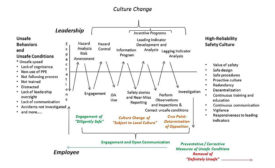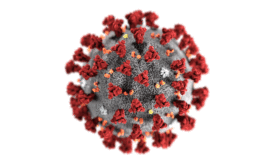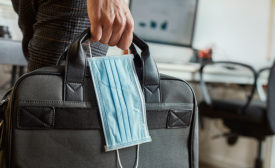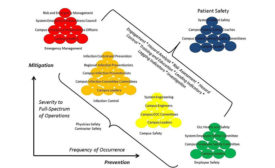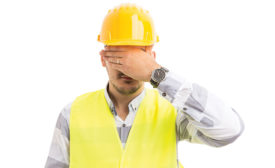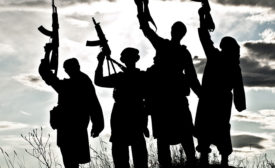Articles by Cory Worden M.S., CSHM
Part 3 of 3: COVID-19 hazard analysis
Lessons learned and continual improvement
July 28, 2020
Part 1 of 3: Removing the Enigma
A methodical risk and control analysis of COVID 19
June 7, 2020
10 safety mistakes that can cost you a legal case
Really doing due diligence
December 4, 2019
Reaching high-reliability goals
How to achieve pragmatic, actionable safety practices
September 4, 2019
Never miss the latest news and trends driving the safety industry
eNewsletter | Website | eMagazine
JOIN TODAYCopyright ©2024. All Rights Reserved BNP Media.
Design, CMS, Hosting & Web Development :: ePublishing
